@alina.malova
Allegory of Politics. Hercules and Cacus. XVI Century
Allegory of Politics. Hercules and Cacus. XVI Century
Couldn't load pickup availability
Painting with Hercules and Cacus - Allegory of Politics. 16th Century
Product Description:
This fascinating painting depicts the legendary scene where Hercules defeats Cacus. According to the legend, Cacus was a monster who breathed fire. The representation is an allegory of politics, with Hercules symbolizing the victory of good over evil.
The background landscape is particularly interesting: a city situated on the bank of a river, with a fortress perched high on a rock. On the left, you can see a cave with cows and Cacus.
The painting is executed with the ancient technique of oil on panel. It shows traces of an Italian wax seal and dates back to the pre-unification era, thus before the mid-19th century. It is noteworthy how this subject was popular in the 16th century and used for political purposes. In Florence, the labors of Hercules were often depicted to compare the hero to Cosimo I de' Medici. Similarly, in Spain, during the same period, tapestries depicting the labors of Hercules appeared, alluding to the Habsburgs.
The iconographic source closest to our painting might be a tapestry or a drawing or print derived from it. The figures are dressed in ancient Roman attire, are very muscular, and the landscape is depicted in great detail. The Roman sandals are meticulously described.
The painting is well-preserved, with only a few scratches that do not affect the overall preservation of the piece. An ancient wrought iron structure, with two crossed rods, was created long ago to hang the painting.
This painting is an example of historical art, rich in symbolism and detail, capturing the essence of the legend of Hercules and Cacus and the political context of the time.
The myth of Hercules was used to legitimize and glorify political power, highlighting virtues such as strength, courage, and endurance, which were particularly relevant for rulers who wanted to be seen as classical heroes.
The Labors of Hercules were a very popular theme in the Renaissance, and paintings depicting them could have been commissioned or used to showcase the strength and legitimacy of the patron's power.
Such artworks were often used for purposes of ostentation and decoration in prestigious environments, emphasizing heroic virtues and the authority of political power.
Materials
Materials
Dimensions
Dimensions
Care information
Care information
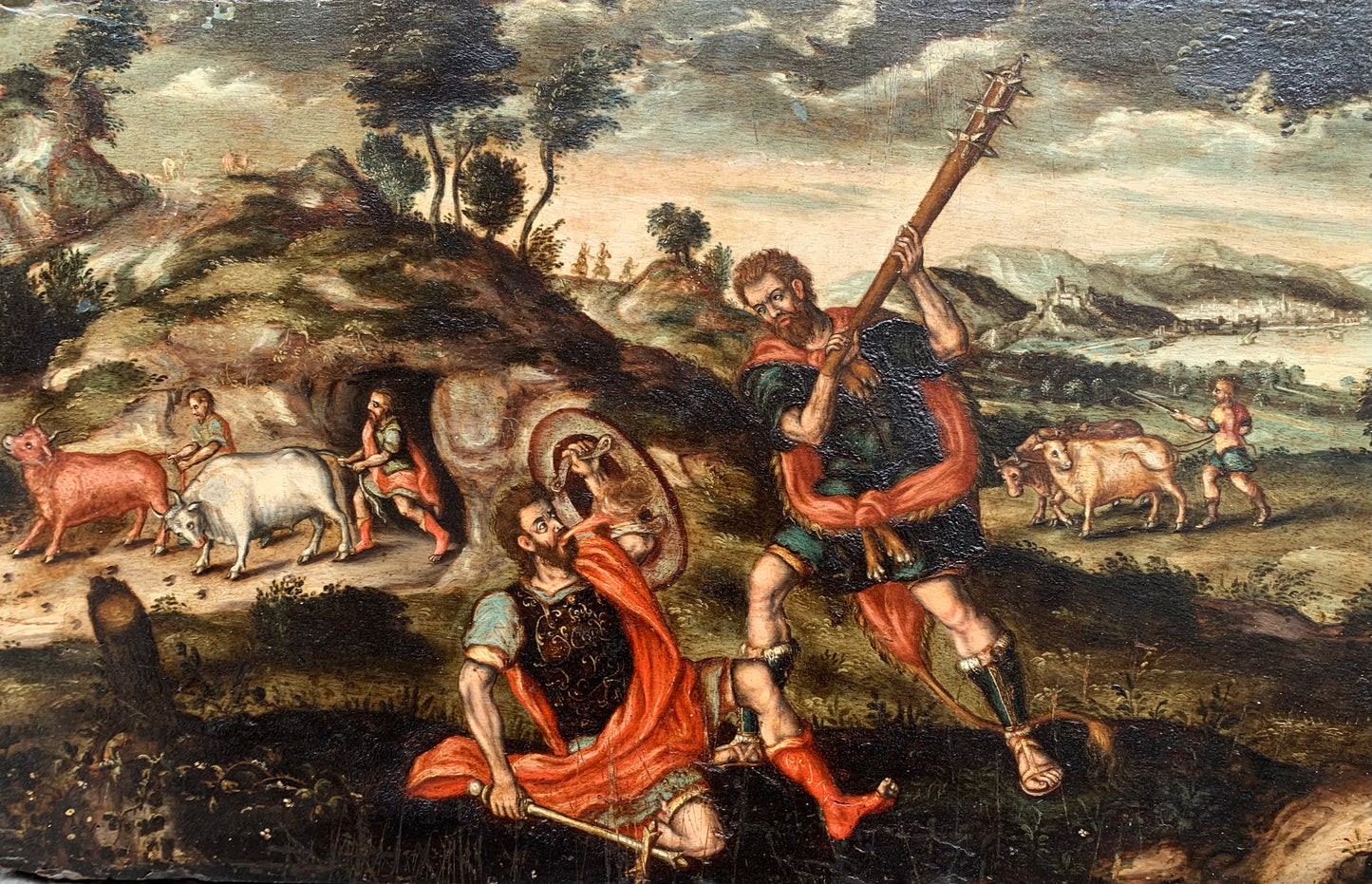
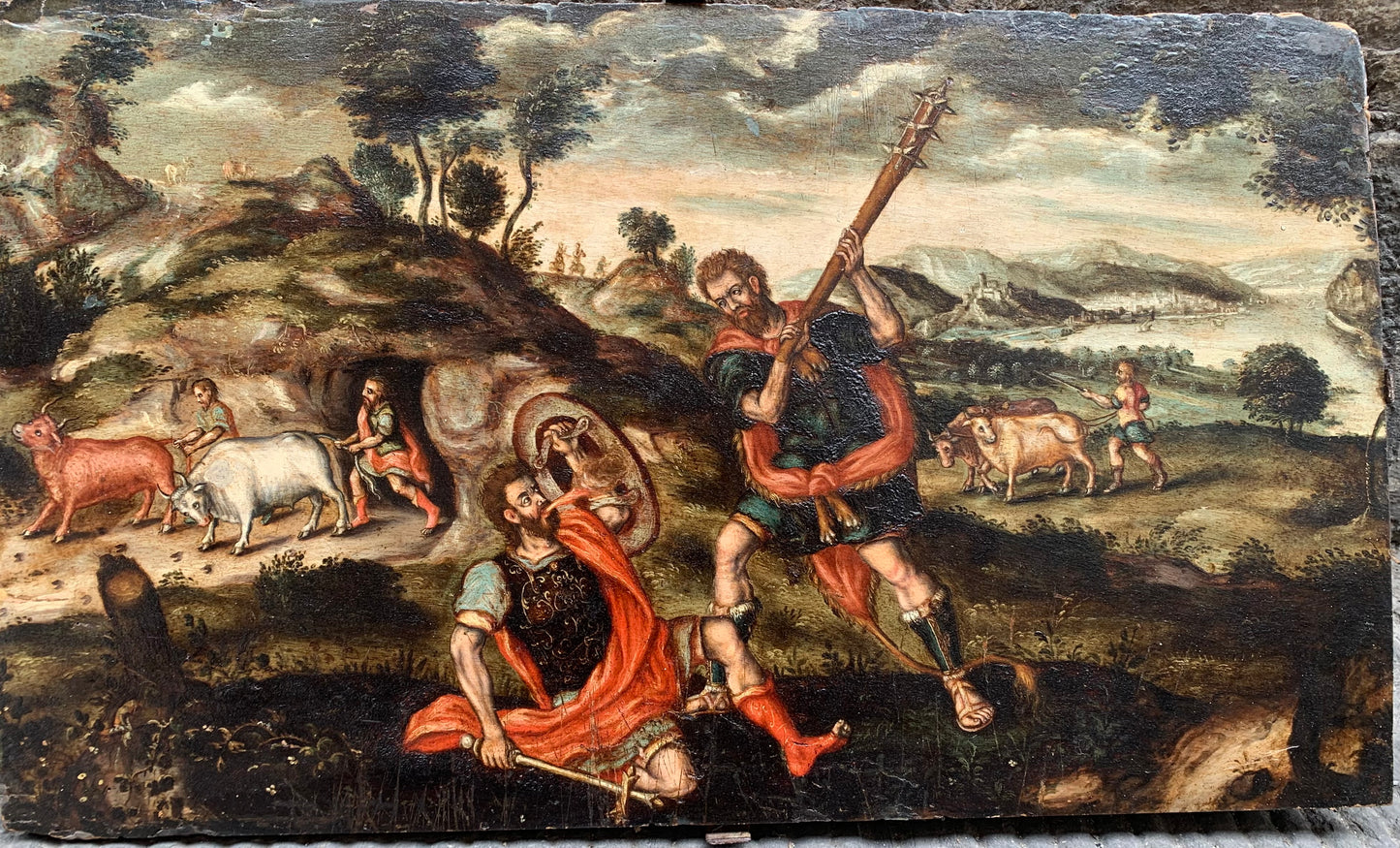
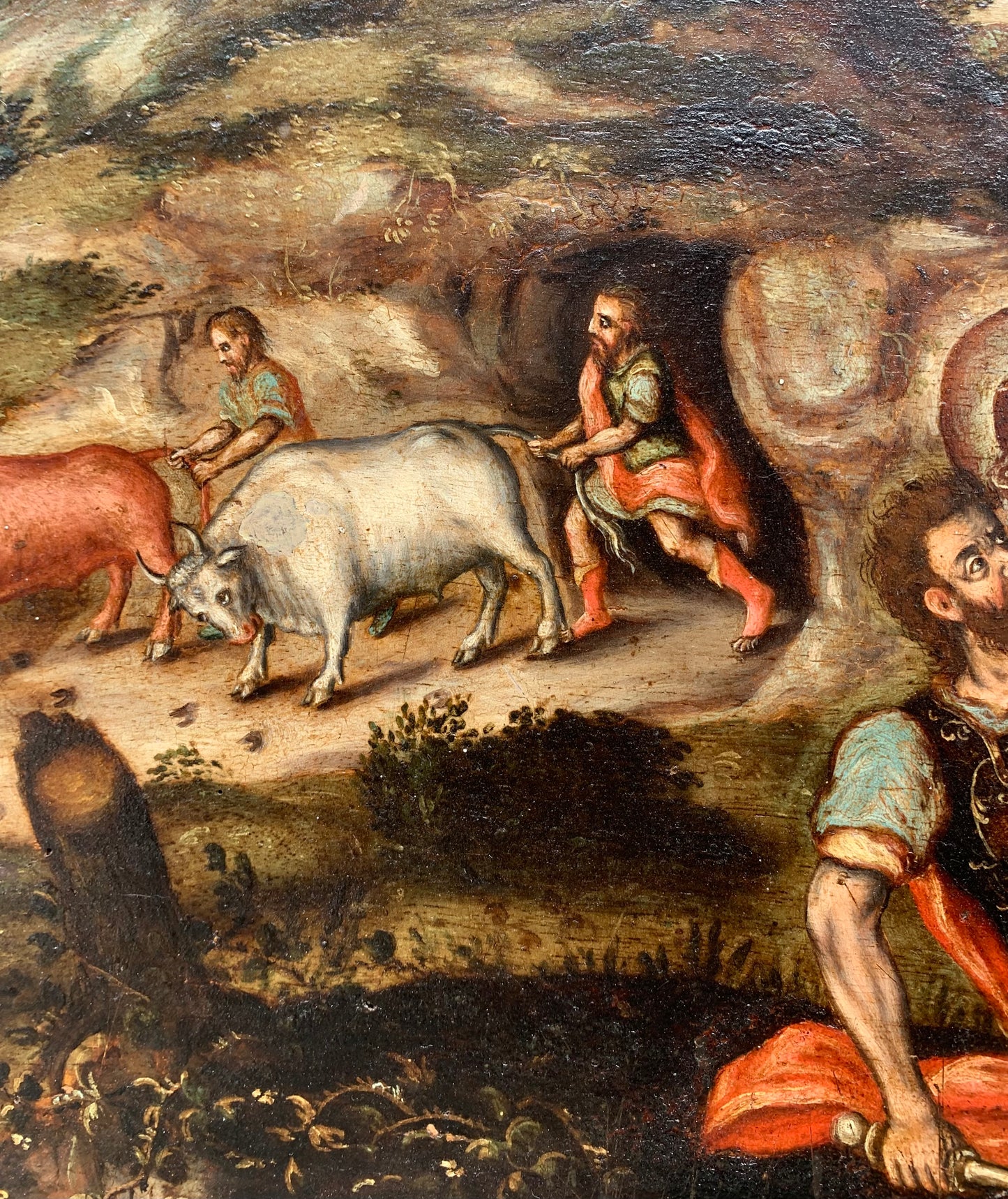
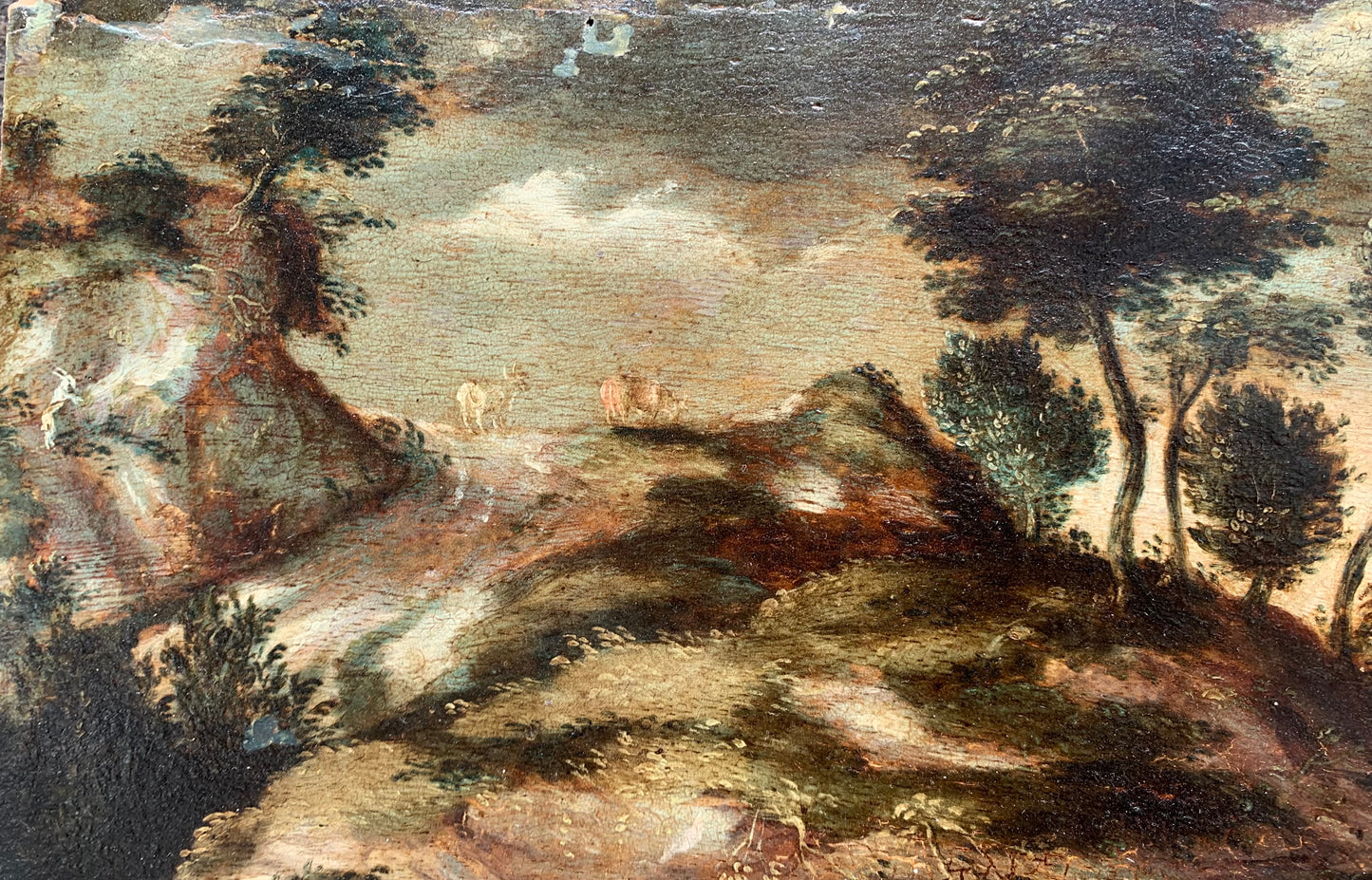
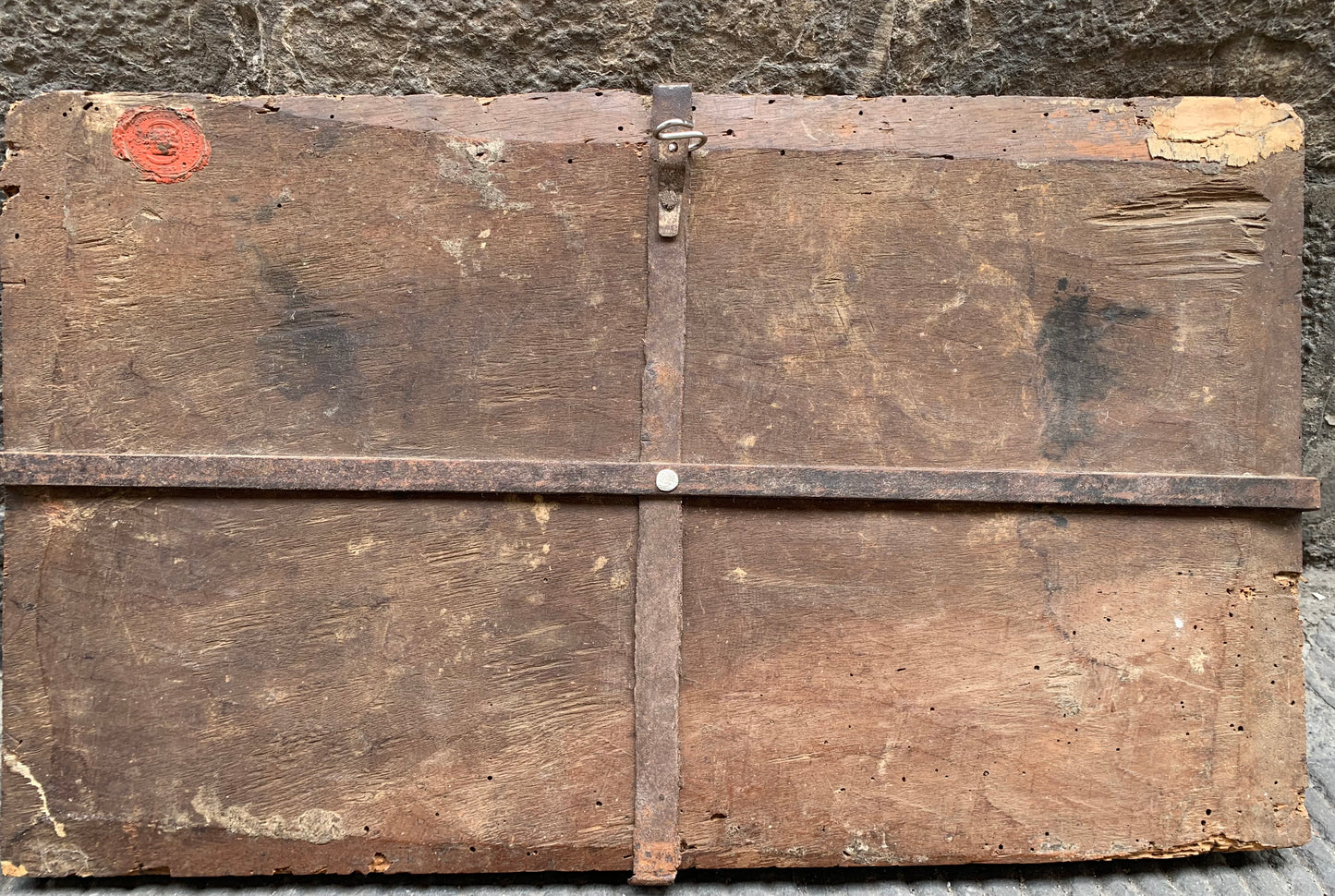
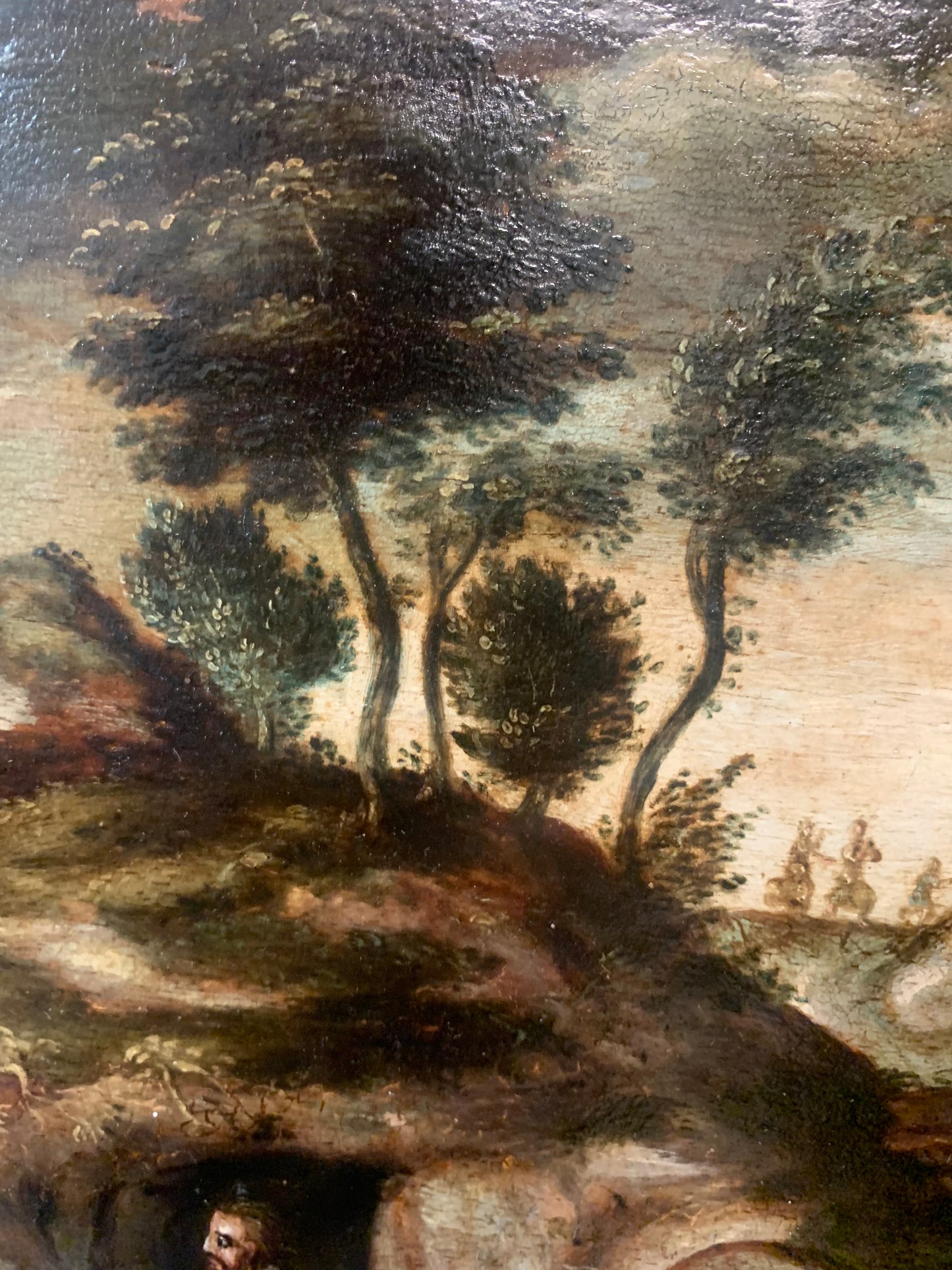
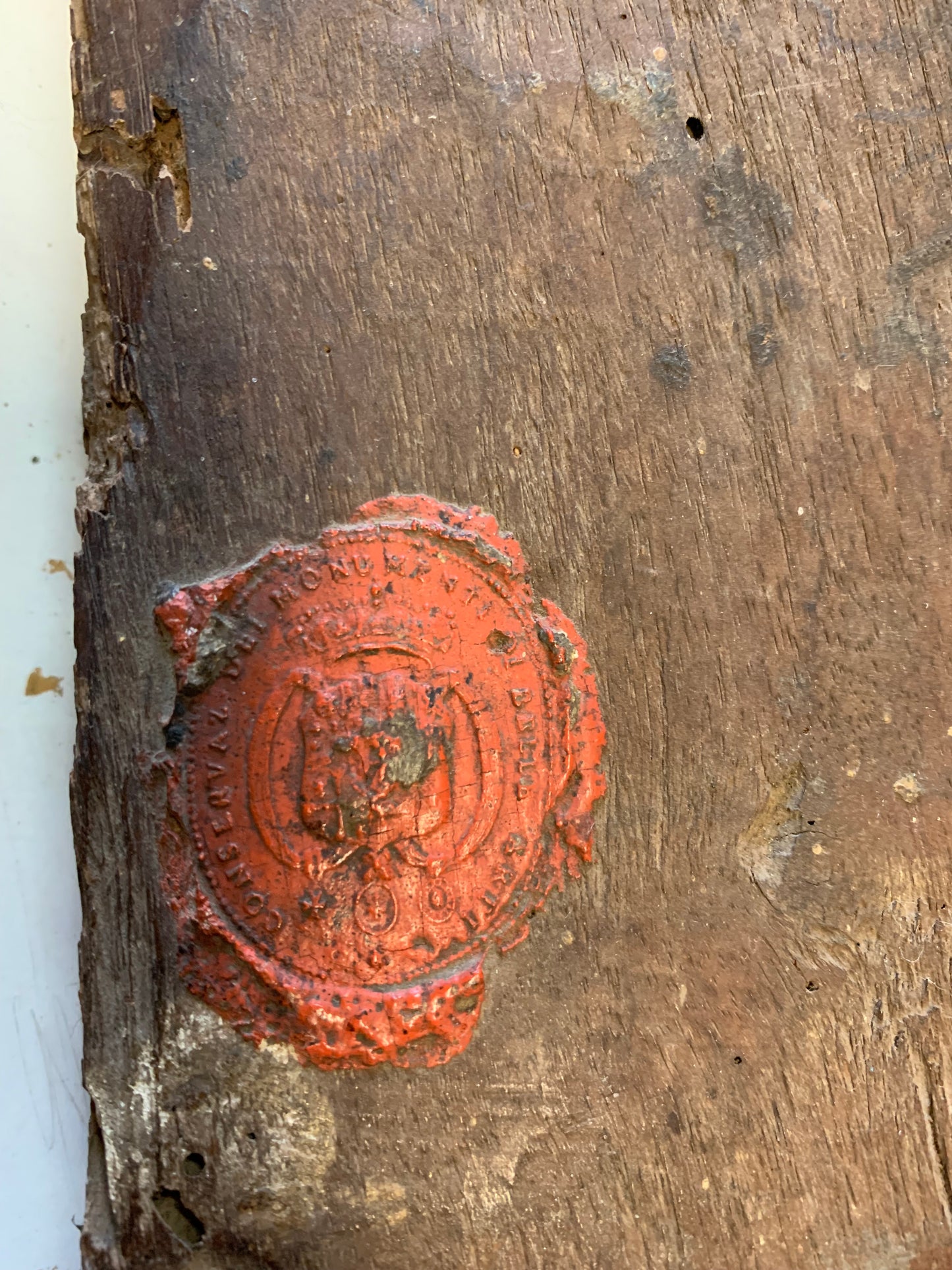
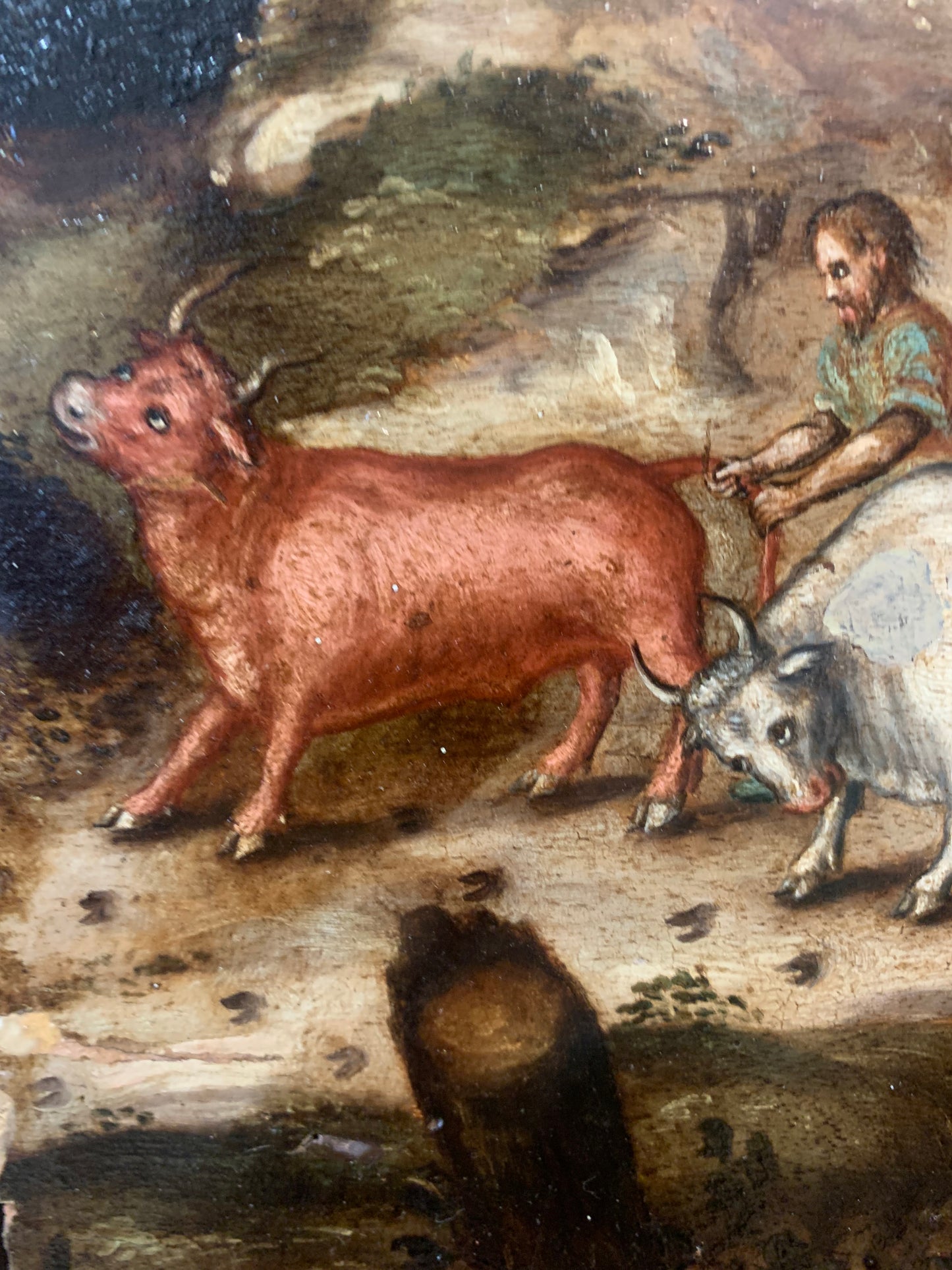

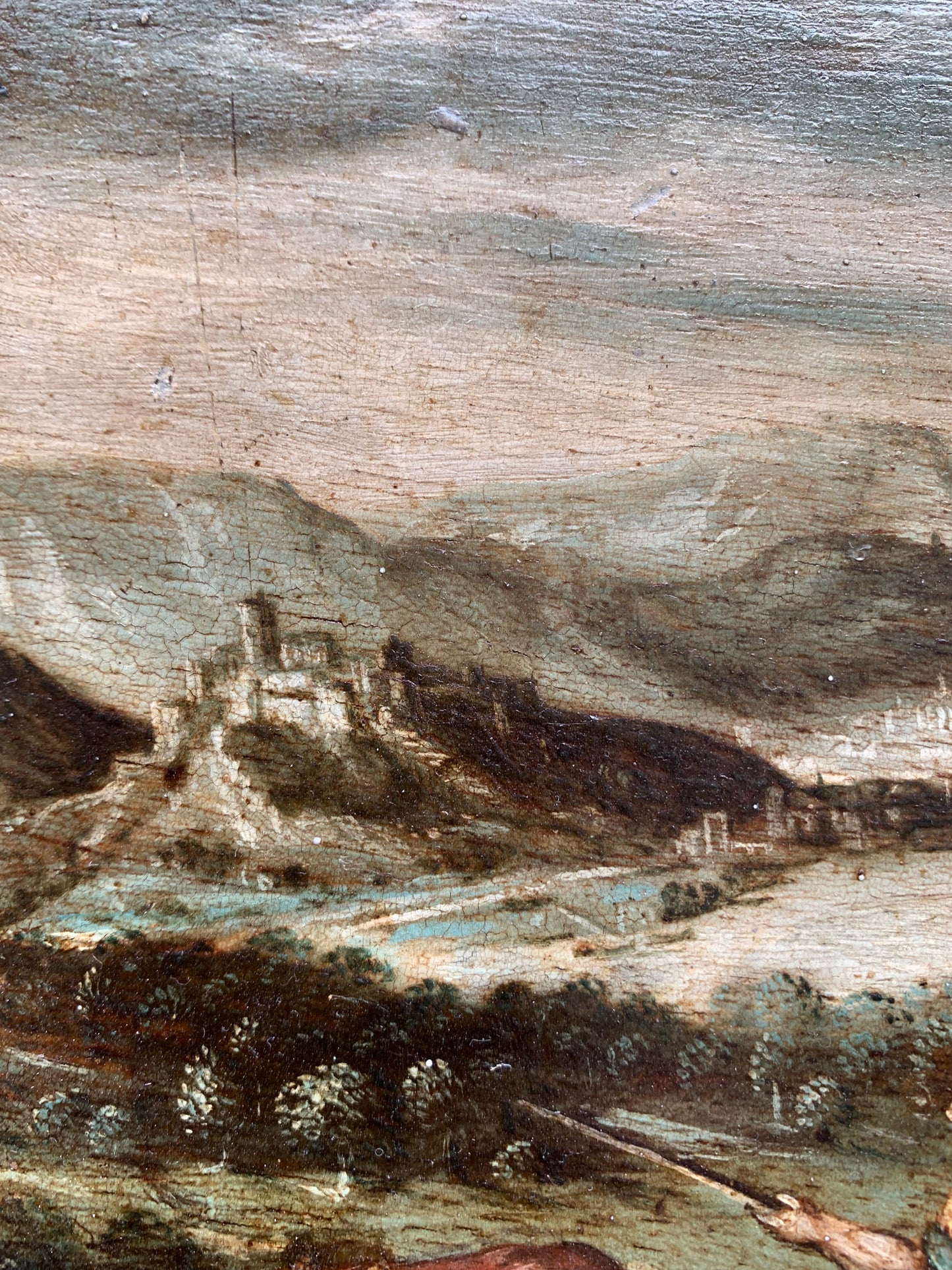
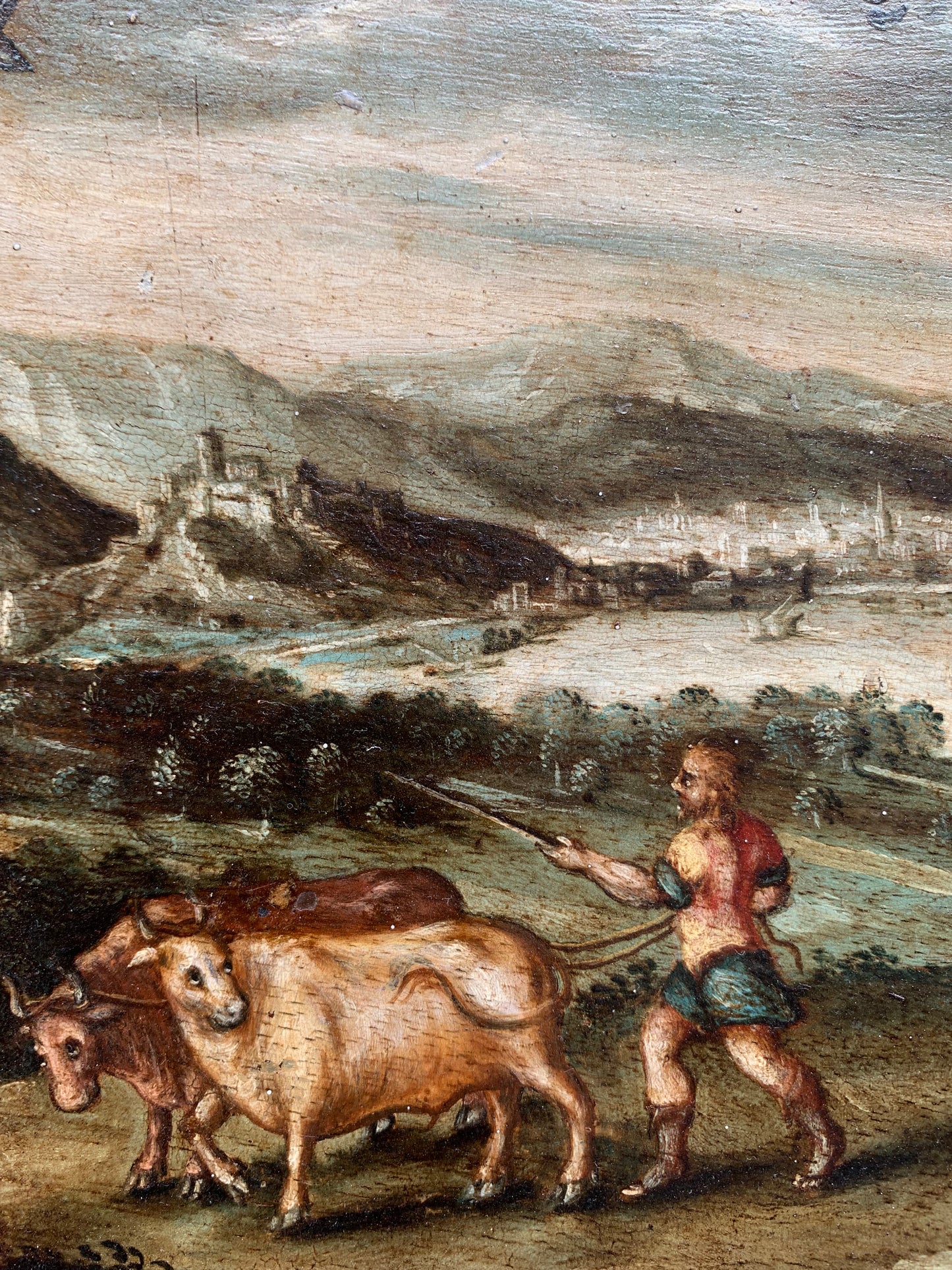
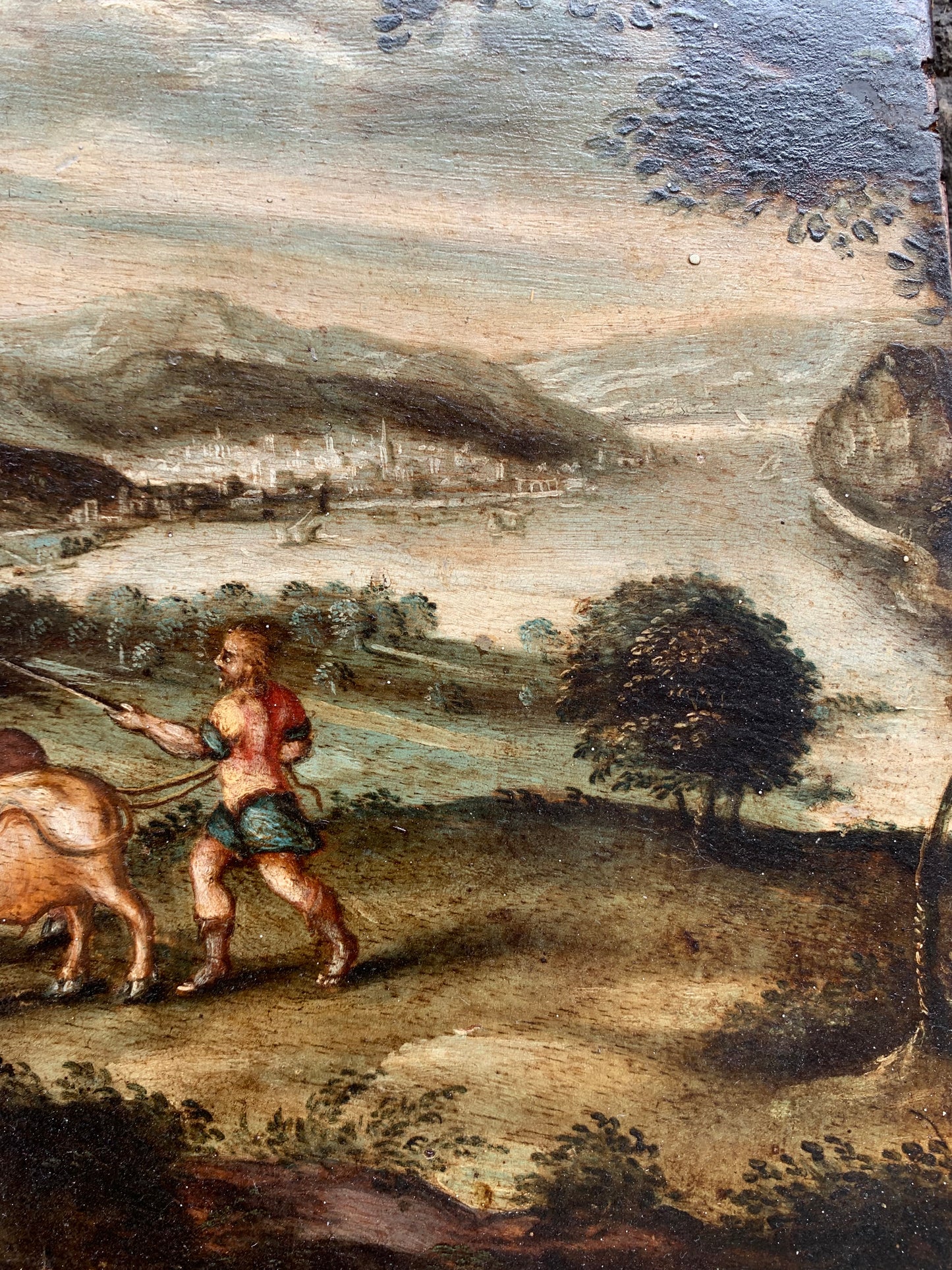
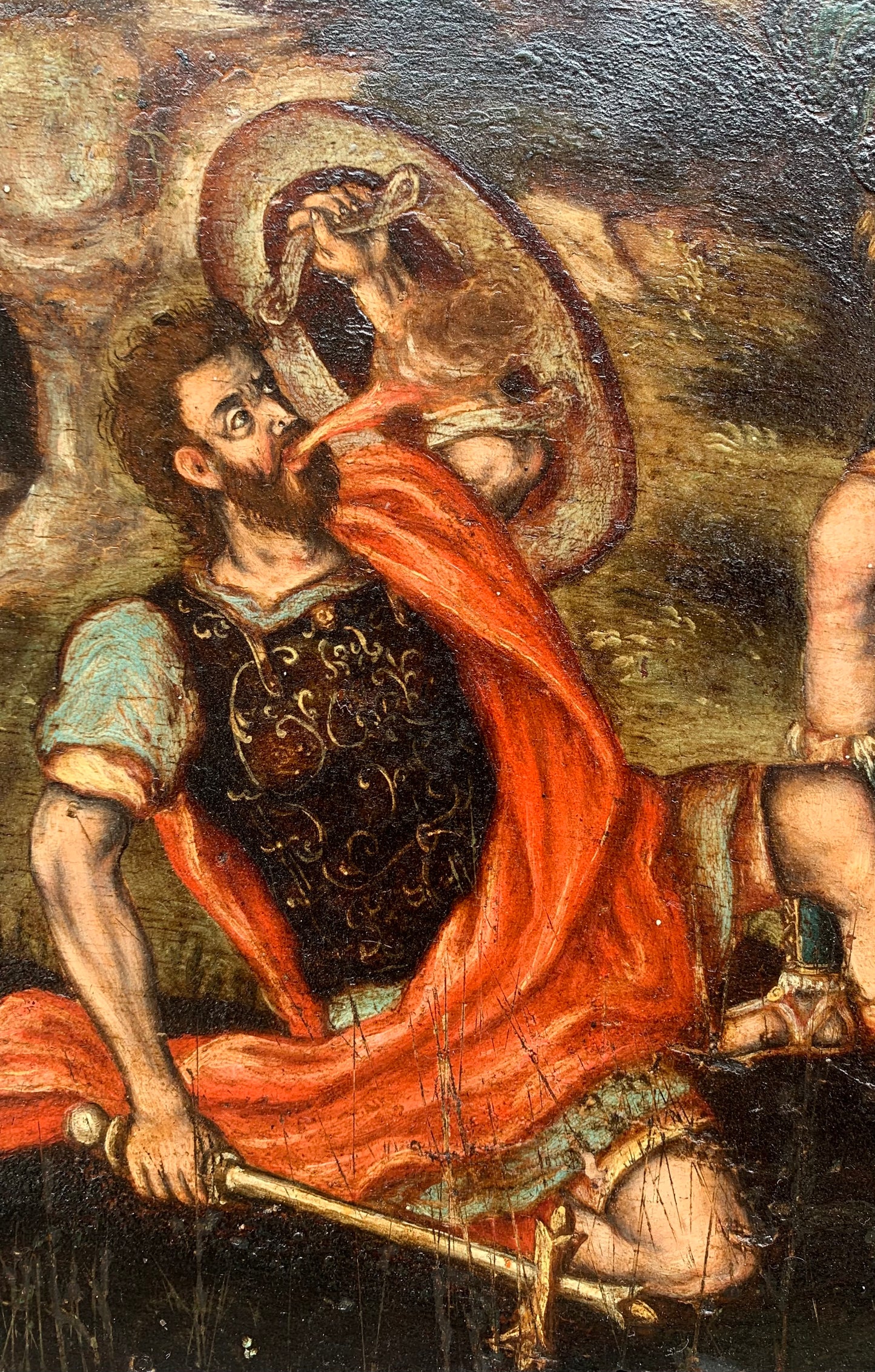
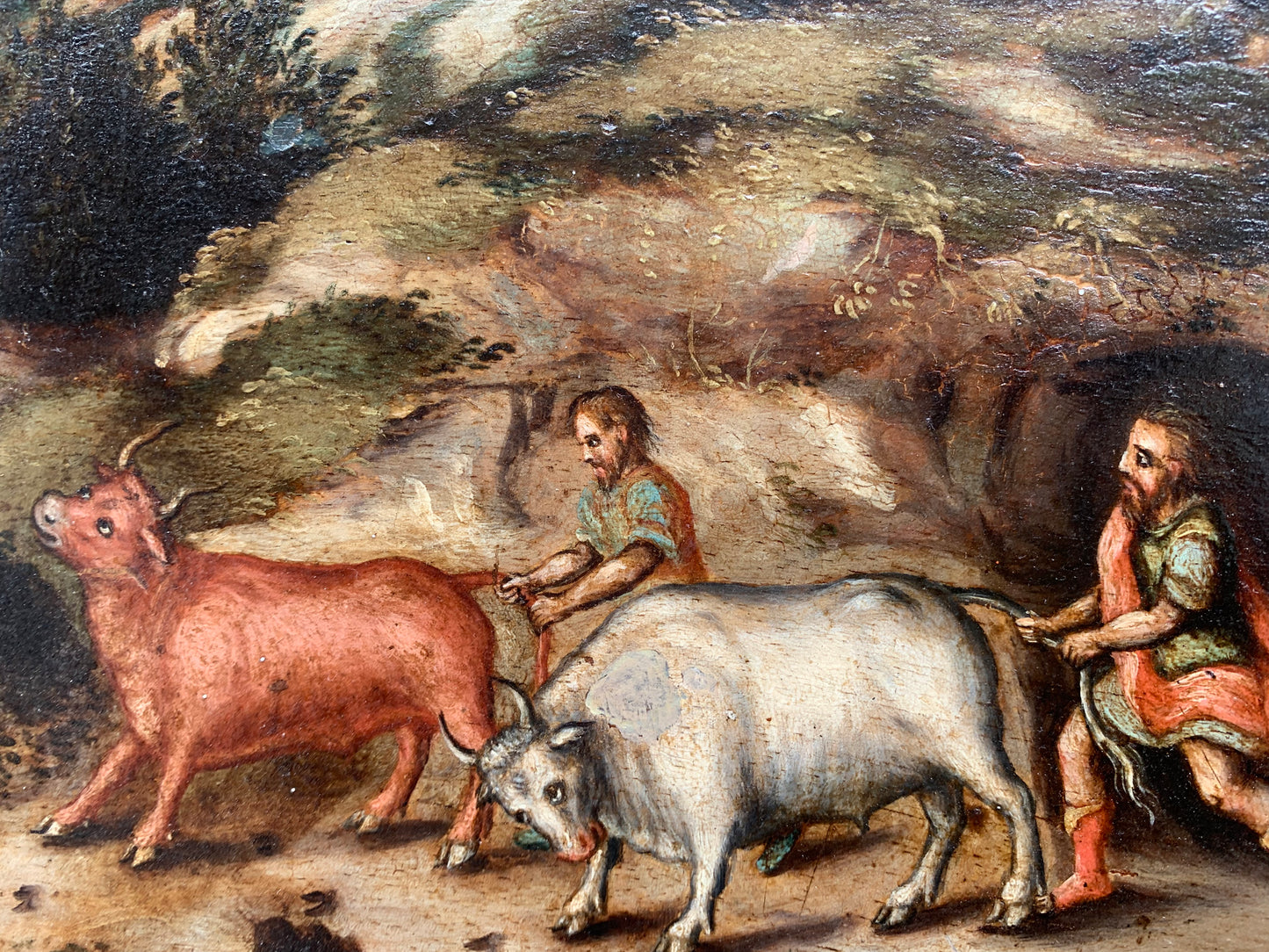
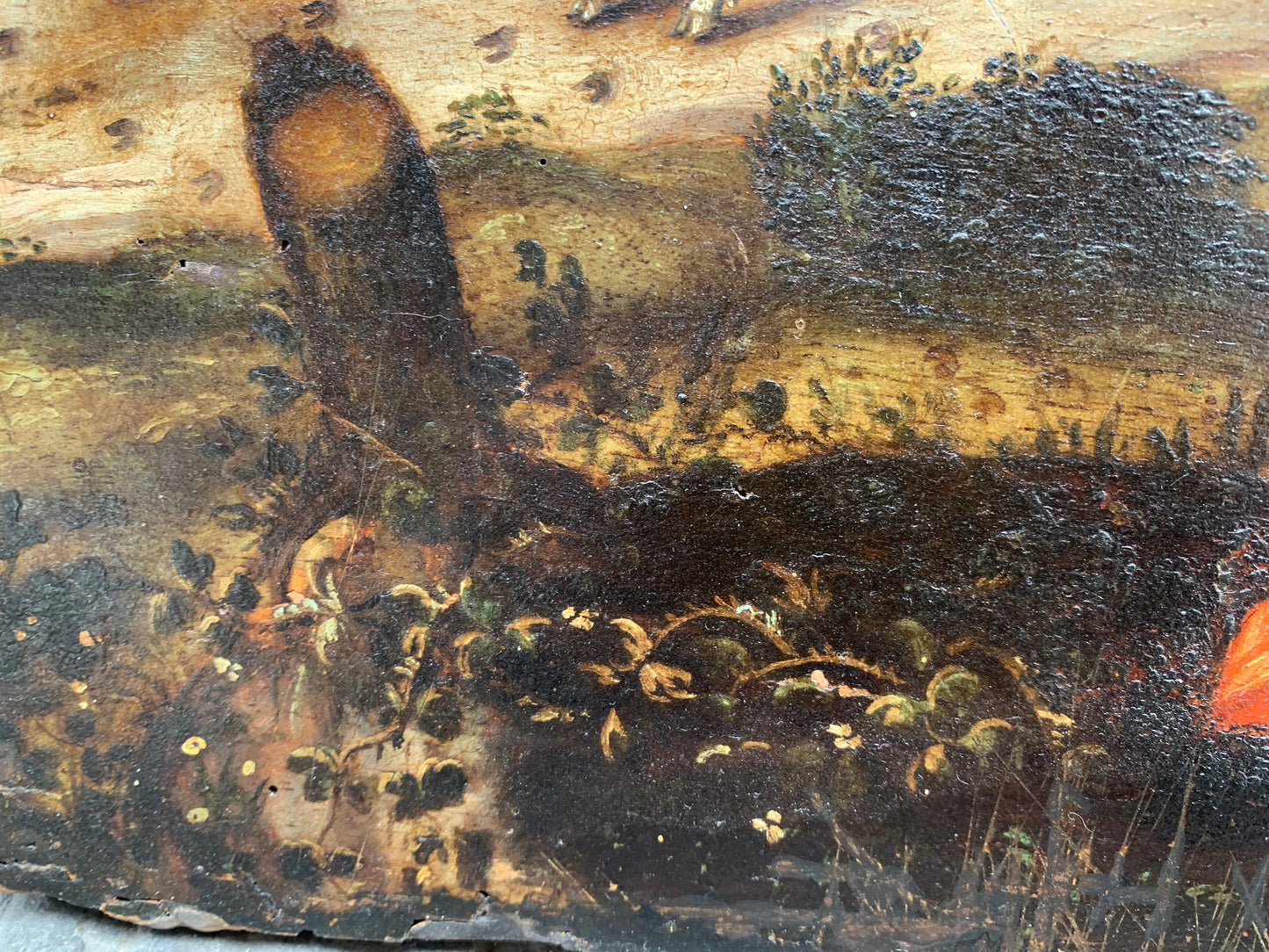
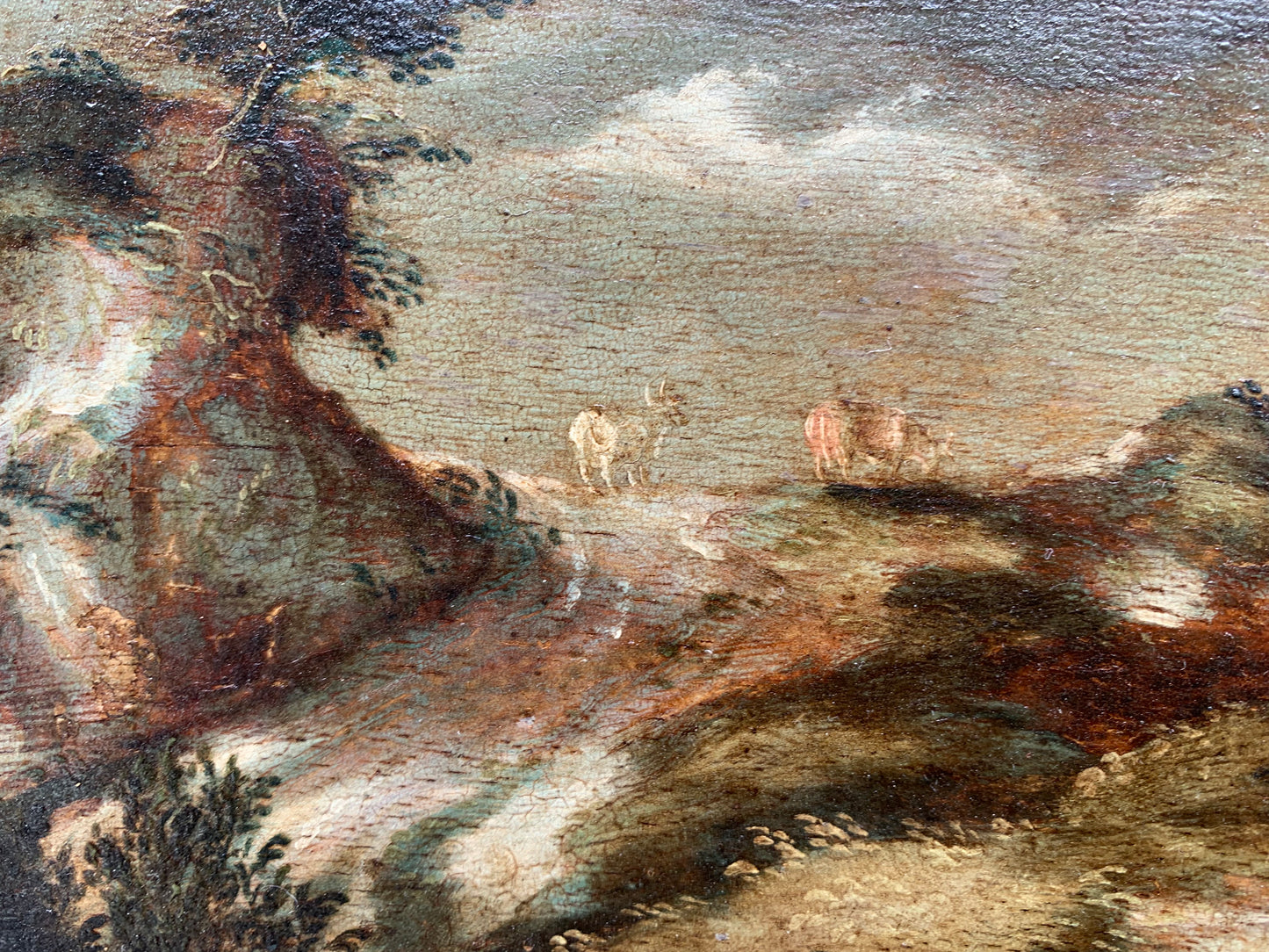
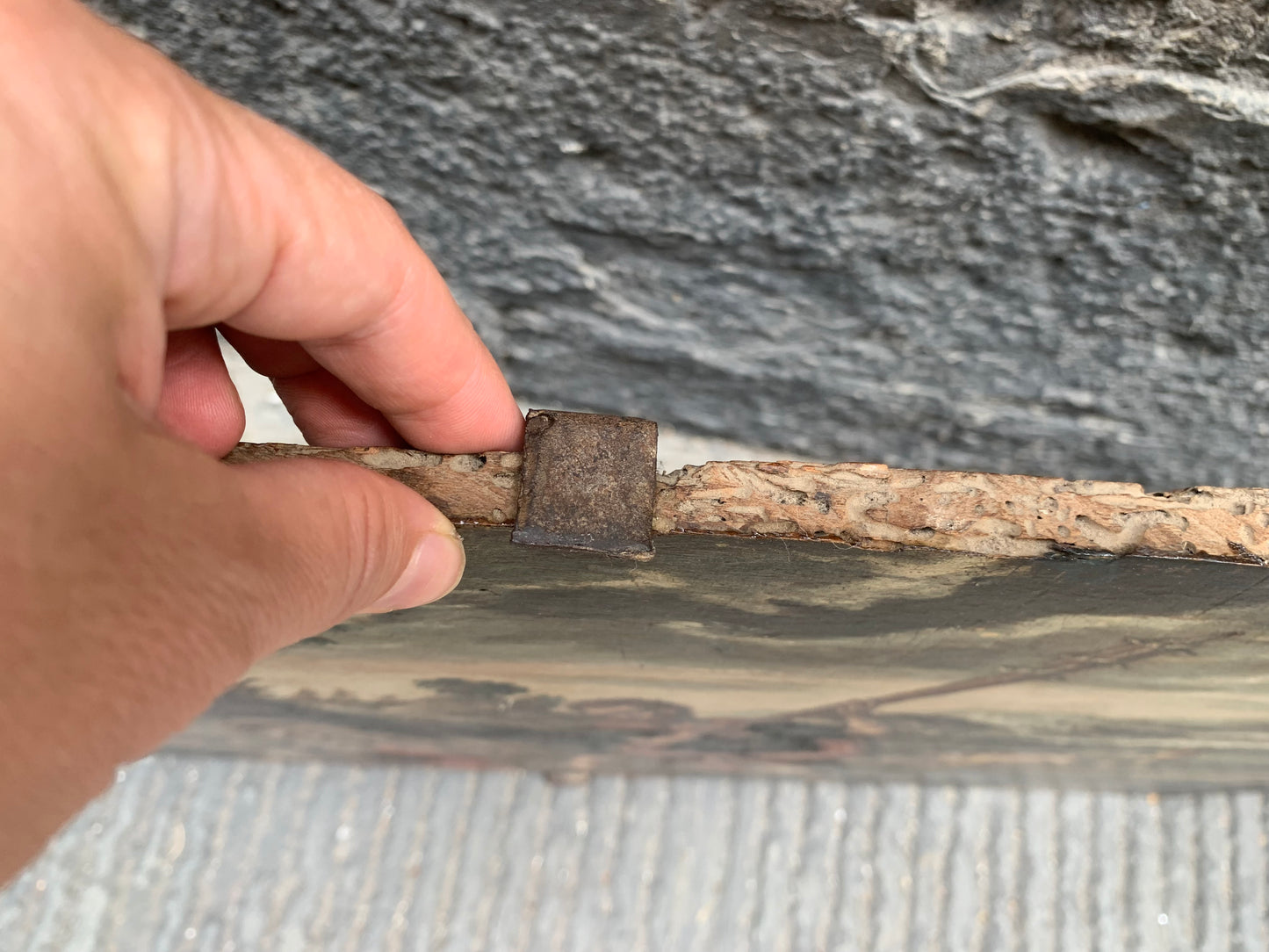
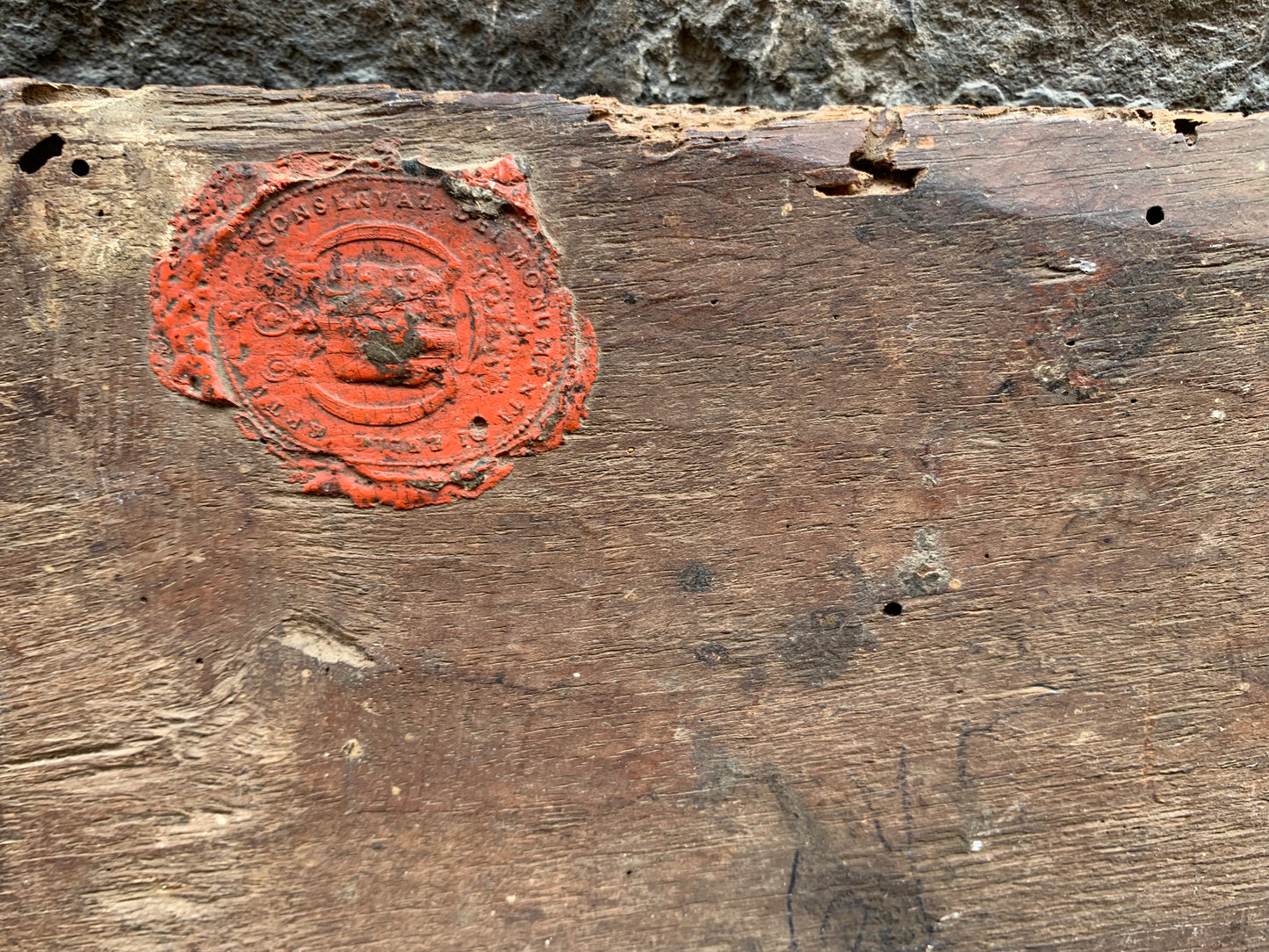
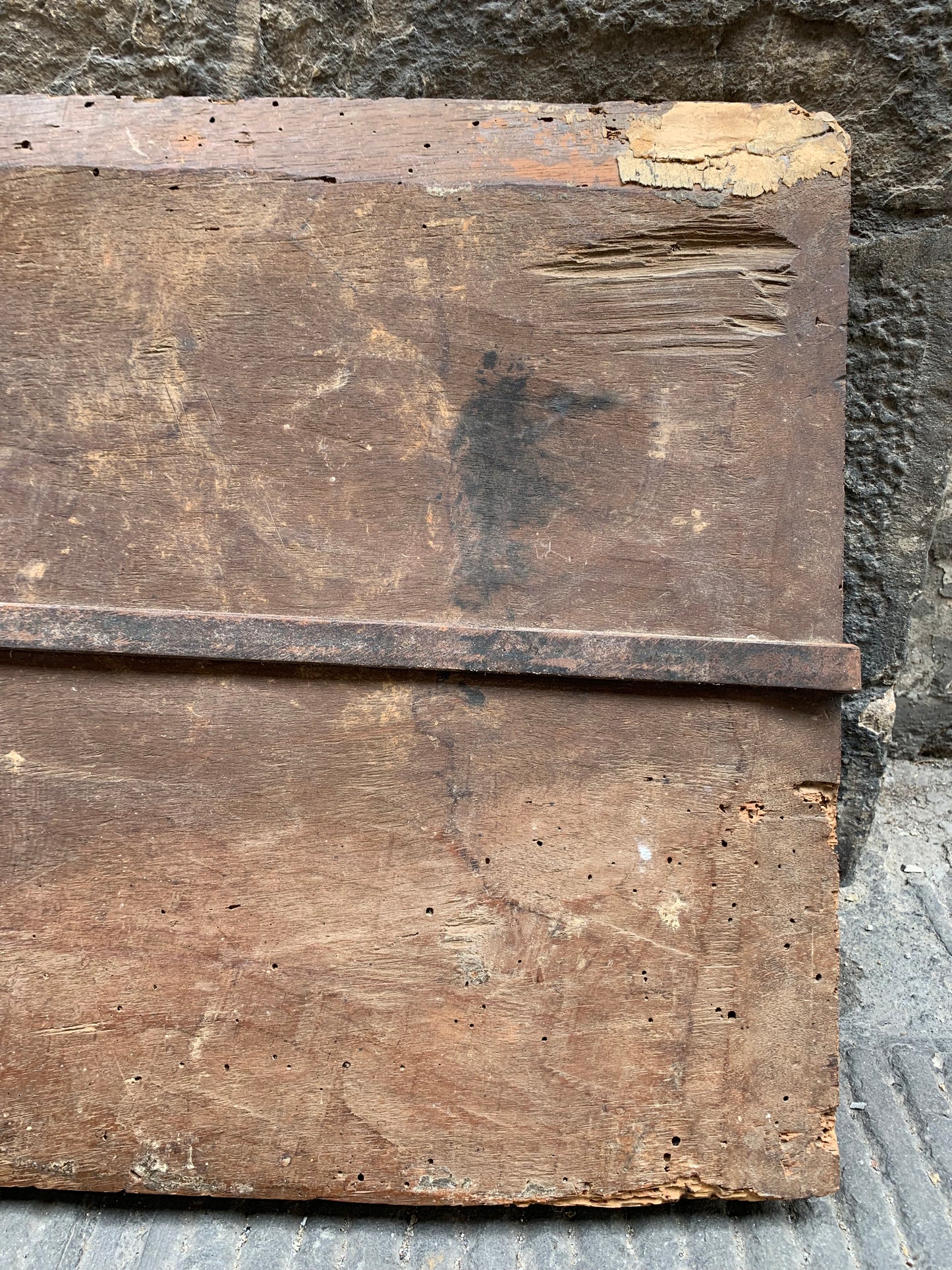
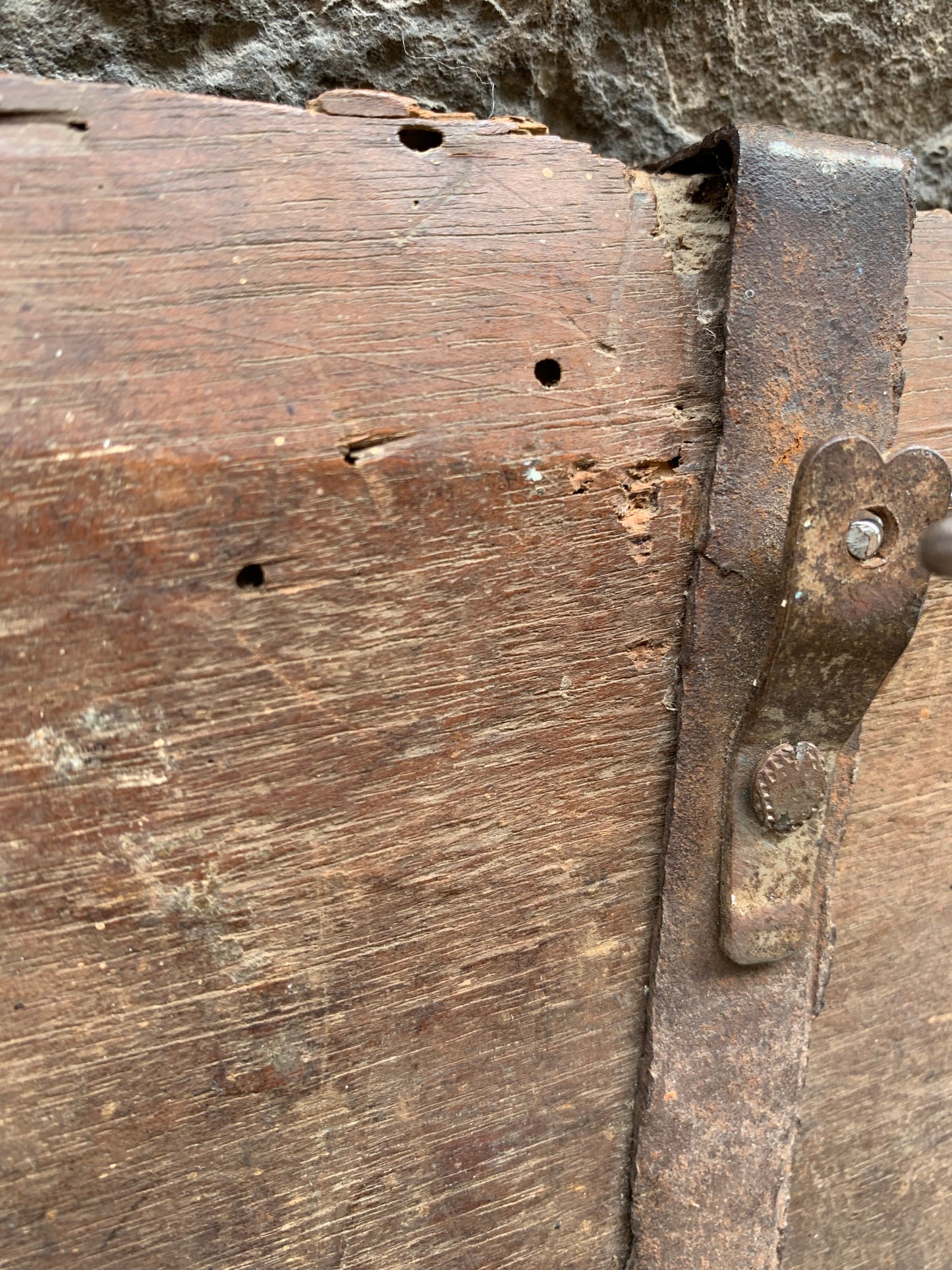
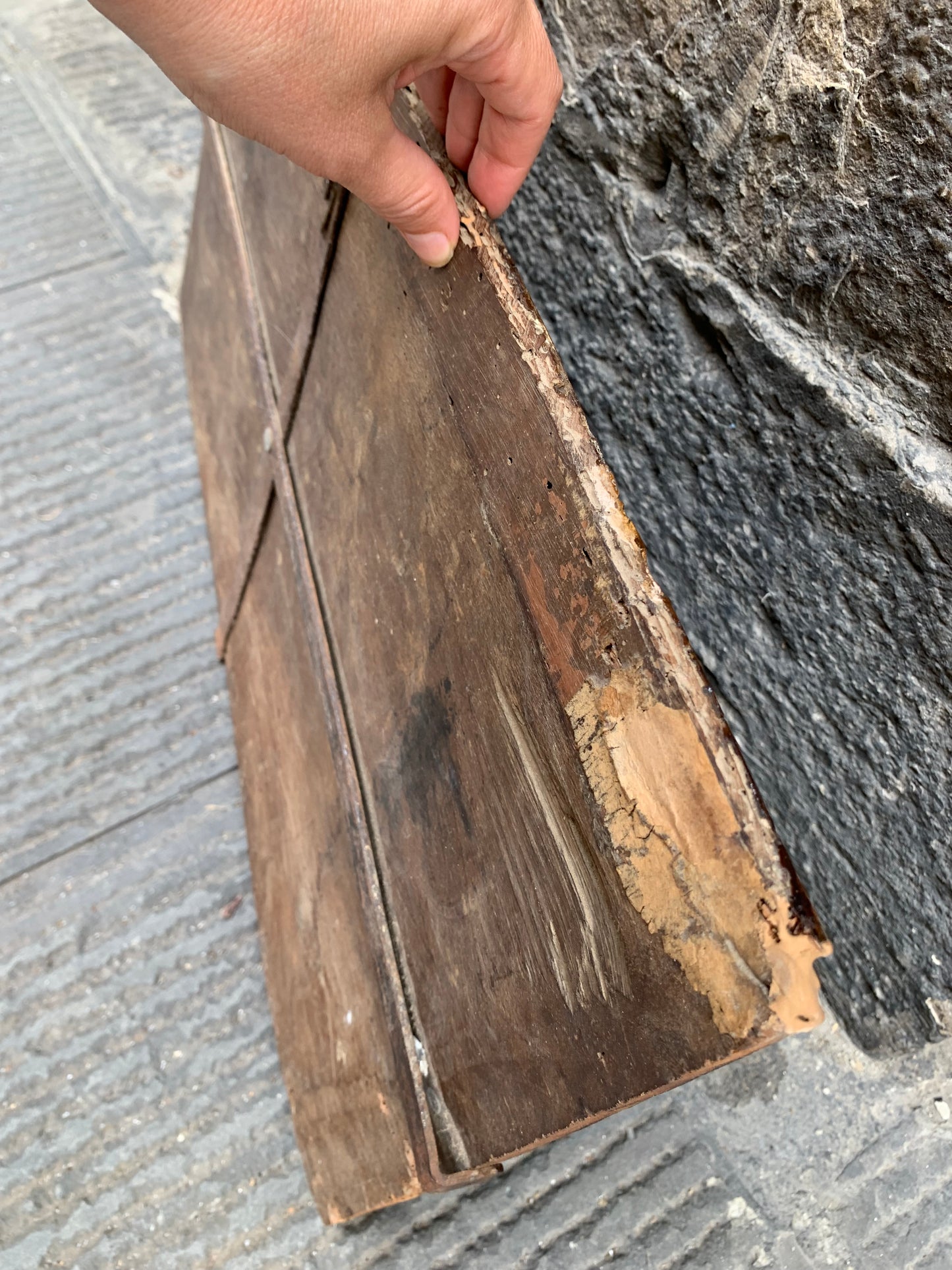
Image with text
Pair text with an image to focus on your chosen product, collection, or blog post. Add details on availability, style, or even provide a review.




















